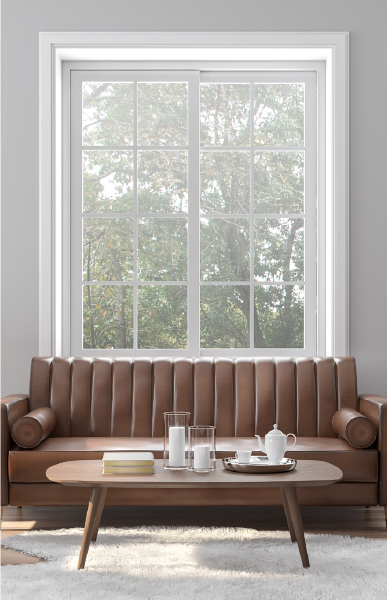Finding and Fixing Cold Air Leaks in Your Home
It is seriously cold out there! Phew! It’s so nice to step in from that frigid Ohio air into your warm and cozy home. Throw off your coat, hat, boots and gloves. Cuddle up on your couch with a steaming cup of Joe, shake off that cold and absorb that wonderful ‘I am at home’ heat. What? You can’t cuddle up on your couch and absorb your home’s heat because there’s a cold draft coming in from somewhere and it’s just not comfy to sit without a down comforter? Well, let’s find that cold air leak and stop it in its tracks!
Checking for Air Leaks in Windows and Doors
No one wants to keep cranking up the thermostat to stay warm. Your home should be comfortably set on 68 to 70 degrees and able to stay that way no matter what the outside temperature is. Unfortunately, unwanted air exchange from leaky windows and doors can cause your home to be cold and drafty. Checking your windows and doors for air leaks can be simple. Here are a few easy ways to find your problematic spots.
As simple as it sounds, taking a good look at the exterior and interior of your doors and windows can prove very effective. Can you see cracks in the frame of the window pane or the window framing or sill? Can you see inside or outside other than through the glass? Is there water building up on the inside of your window that has frozen or is still wet? These are all indicators of an issue or two.
Burning a candle or some incense to locate air movement around your windows or doors is an easy test. By passing it in front of and around the circumference of them and watching for smoke, you can pinpoint some hidden areas that need your attention.
Gently move or shake the window panes to see if the glass pane rattles inside of its frame or if the whole window sash is loose within the window unit frame. Check the locks of double hung windows for their fit. These sash locks should line up easily and operate smoothly, making a nice and snug fit between the two sashes.
Checking the perimeter of your door will include looking at your weather strip, threshold, hinges and door knob.
- The hinges on your door should be snug to the door panel itself, as well as the jamb.
- Your door knob may not be lining up correctly with the holes in the jamb if your door has shifted or warped over the years. Not only is this unsafe, but it will permit the door to not be flush inside the frame, making gaps and allowing for air to move freely around it.
- The bottom of your door should have a compression or brush weather strip applied to it to help seal against the door threshold. If this is damaged or missing, outside air is definitely creeping in.
- Your door’s threshold should be free of cracks and damage. Cracks and warping will produce voids in the seal between the actual door and the threshold.
Keep Your Home Warm with Effective Solutions
Keeping your home warm is much more than just turning up the thermostat and paying your utility bill. It involves checking for problematic areas, and assessing the best way to fix them. Sometimes new weather stripping, caulking or foam can improve your homes energy efficiency. Other times, replacing your doors or windows is the best idea. Keep an eye on your windows and doors. If it’s time to consult a professional about their inefficiency and how you should proceed, contact the professionals at Window Nation.


